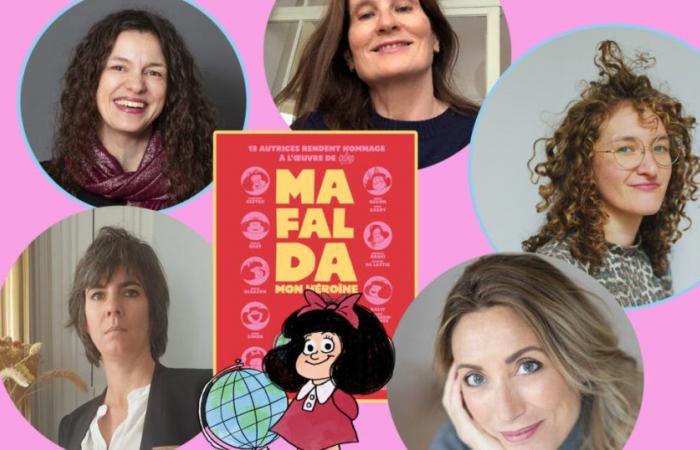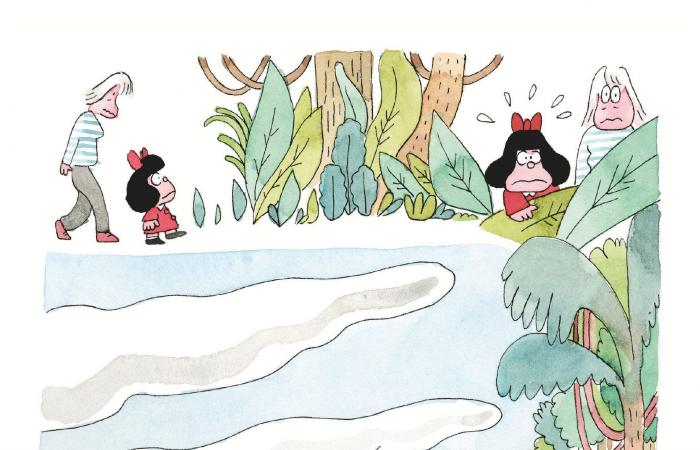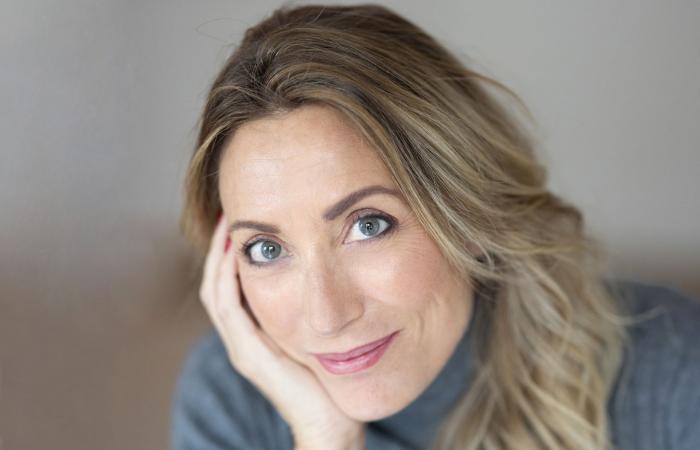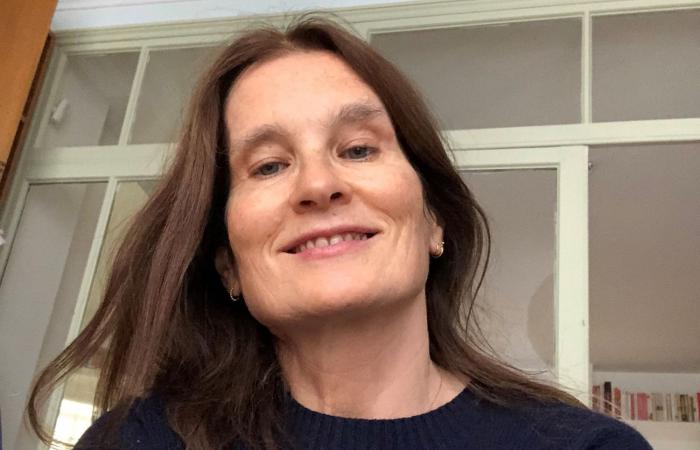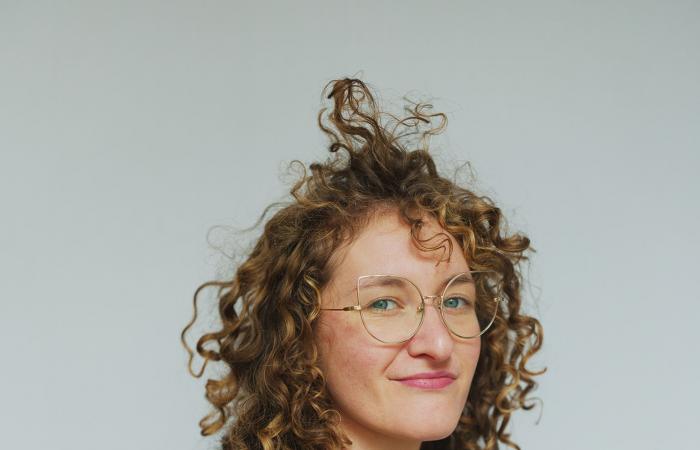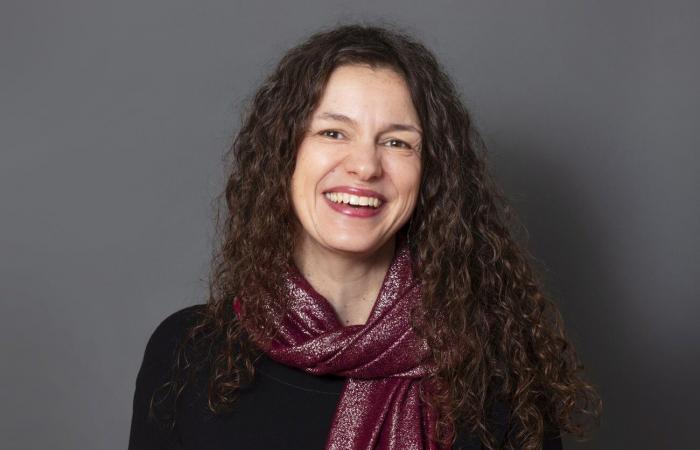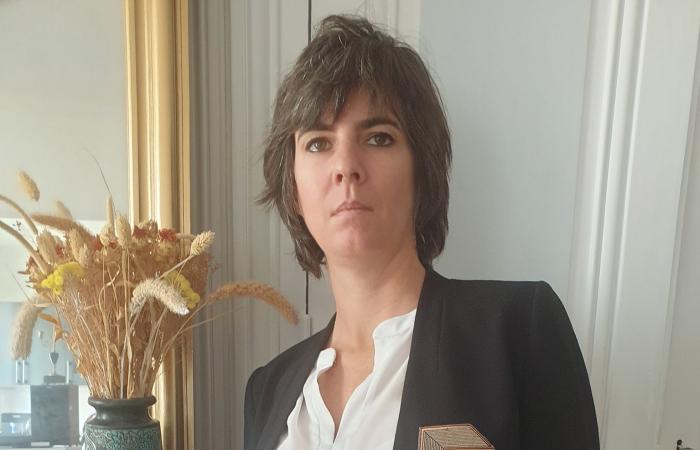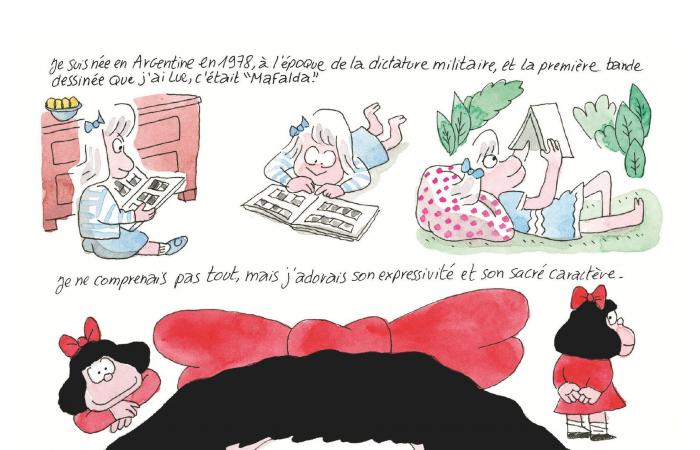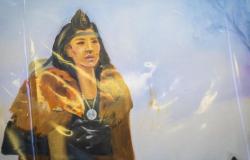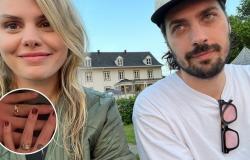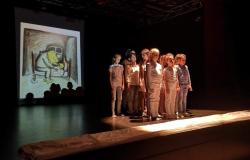We all have something of Mafalda in us. Prey to her existential questions in front of her terrestrial globe, this little girl who is remaking the world is a comic book heroine on whom time has no influence. However, her “dad”, the Argentinian cartoonist Quino, stopped drawing her in 1973. Today, Mafalda is 60 years old. And always this cute face, capable of breaking into the widest of smiles, like the most thunderous rants against the injustices of humanity. From the very beginning, Mafalda was not taken aback by observing her mother toiling from morning to evening with her domestic chores, while her father slumped in his armchair, camouflaged behind his newspaper, as soon as he came home from work. Fed up (already!) of this patriarchal society which governs the world of adults without any equity between men and women.
A birthday with great pomp
For its 60th anniversary, Mafalda is offering a new work, within which a collective of 13 authors – 14 in reality, underlines Valérie Aubin, editorial director at Glénat and responsible for the tribute work Mafalda, My heroine – pay homage to it by transposing it into our era: that of social networks, of global warming, of our lives reduced to smartphones. Each in their own universe, the authors and designers demonstrate that if there are still so many reasons to keep hope for a better world, our civilization has unfortunately not evolved much since the first steps of Mafalda in Argentina from the 60s. The collection lives up to the relevance of the original, which would undoubtedly be seduced to discover its adventures in 2024.
“As part of its anniversary, the president of Editions Glénat, Marion Glénat, and I wanted to put Mafalda back in the spotlight,” declares the editorial director. Until now, only what Quino had drawn from 1964 to 1973 existed. The idea came to create this collective for 100% creation. A project as clever as it is ambitious, which required close consultation with the agent who has represented Quino since his death in 2020.”
A heroine ahead of her time
The work is inspired by the documentary Mafalda, come back! directed by Lucia Sanchez in 2023. It is also the director who wrote the preface to the book. “Through archival and animated images, the film revolves around the following questions: what has happened since Quino stopped drawing Mafalda? And what would Mafalda say if she came back to the world today? enlightens Valérie Aubin. When I sent the book to Lucia, she reacted very positively, observing that each of the artists managed to keep the spirit and soul of the character.
Like all comic book superstars, Mafalda is recognizable all over the world at the first stroke of a pencil with her bow in her hair and her little red dress. Like Snoopy and the Peanuts, Mafalda is also surrounded by a clique of brats with strong characters. A brilliant way for Quino to convey the metaphor of Argentine society in the 60s, its failings and its political currents of the time, at street level among a group of children.
A group of friends
Around Mafalda who dreams of a better world, we find Felipe, her best friend who fantasizes about being a cowboy. In common, Felipe and Mafalda share ultrasensitivity and are prone to soul-waves. Manolito is the son of a grocer who emigrated from Spain. He sees things big and already imagines himself at the head of a great fortune. He is the capitalist of the group. Providing joyous laughter to Mafalda’s feminist readers, Susanita is her exact opposite. She projects herself into a future as a well-married and stay-at-home mother, her model of success. Susanita is also a real chatterbox. Miguelito is the right-wing anarchist of the group, he intends to become a writer and believes that Mussolini was a benefactor of humanity.
Opposite, we find Libertad who loudly shouts his far-left opinions. Finally, Guille, Mafalda’s little brother, fantasizes about Brigitte Bardot. Whatever the era, if there is one place where we feel safe in the midst of the worst torments, it is surrounded by friends. It’s not Phoebe, Monica, Rachel, Joey, Chandler and Ross who will say the opposite!
Agathe de Lastic: “Mafalda does not age and is universal”
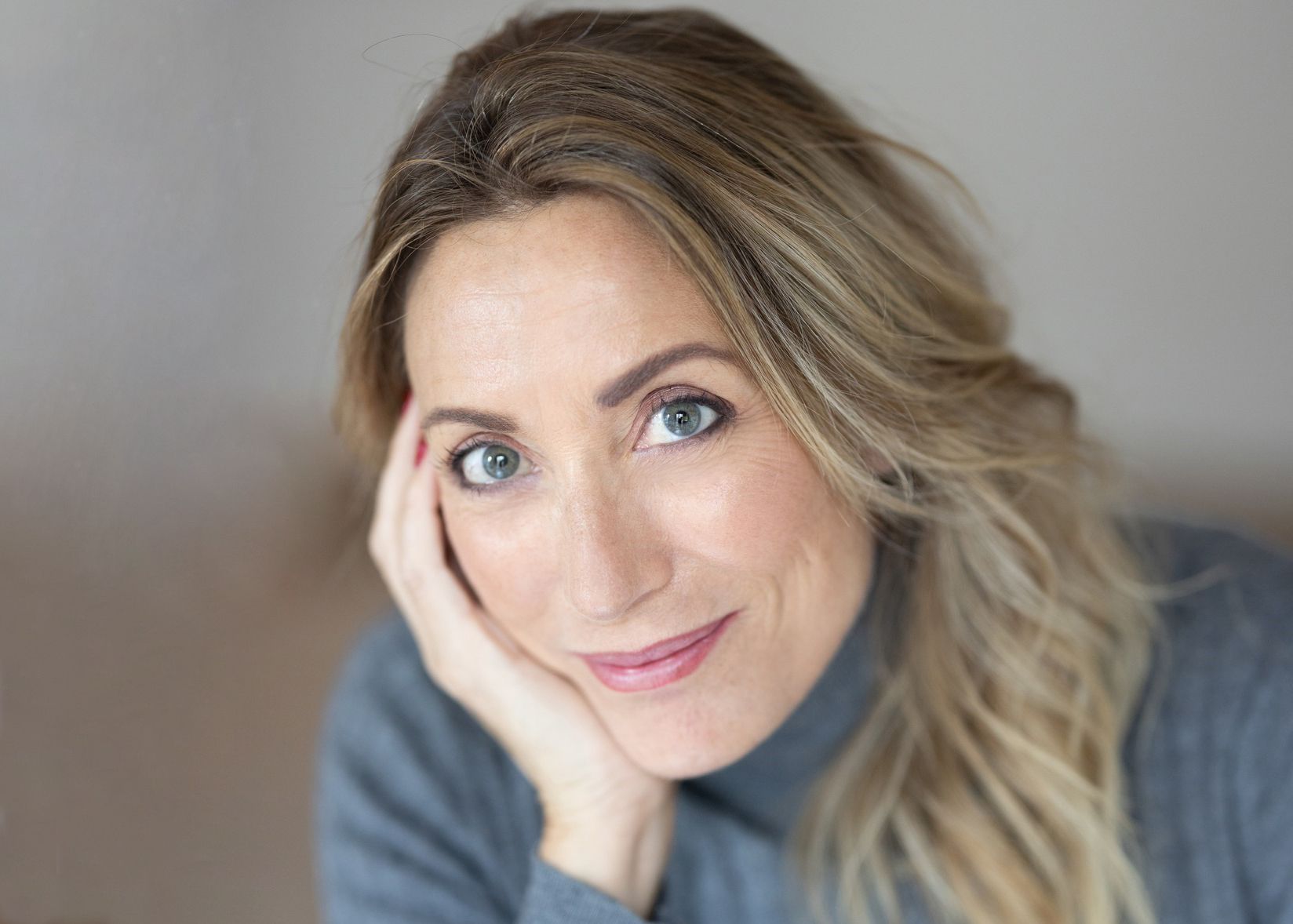
I remember my discovery of Mafalda, it was during my Spanish class around 11 years old. At that age, I didn’t understand his humor and wasn’t hooked. During this period, I was more fascinated by hyperfeminine and sexualized actresses and singers, often American, with ridiculous blow-drys that made me dream. Suffice to say, a thousand miles from Mafalda’s appearance and the ideas for or against which she fought! Madonna and Farrah Fawcett made me dream more than her. As such, I think that Mafalda is aimed more at an adult audience. So I rediscovered it later and found the concept of Quino brilliant. What an excellent idea to feature a little girl whose relevance of questions reveals the absurdity, selfishness and violence of our adult-led societies. Through this, Quino pushes us to think, to question ourselves. He enjoys playing on our guilt. It’s amazing how universal and timeless the topics covered are.
The Mafalda battles are still as relevant today, sixty years later. She doesn’t age and talks to everyone. I sometimes found her a bit annoying as a child, bordering on arrogant. She made me want to tell him to shut up and run to his room. Because Mafalda confronts us with our responsibilities and her questions push us to our limits. But deep down, she is right! Today, I see her as Socrates in a skirt. The one that tickles our guilty conscience. The one that lifts the carpet to put our noses in the dust that we would like to hide.
Soledad Bravi: “I loved his pear-shaped head!”

In Spain, when I was little, I didn’t understand anything, but I really liked his pear-shaped head! It was by reading the complete book that I understood the relevance of having a child speak to reveal the absurdity of adults. Mafalda’s comics remain to this day an incredible tool to combat inequalities.
Emilie Gleason: “She seemed to be complaining all the time”
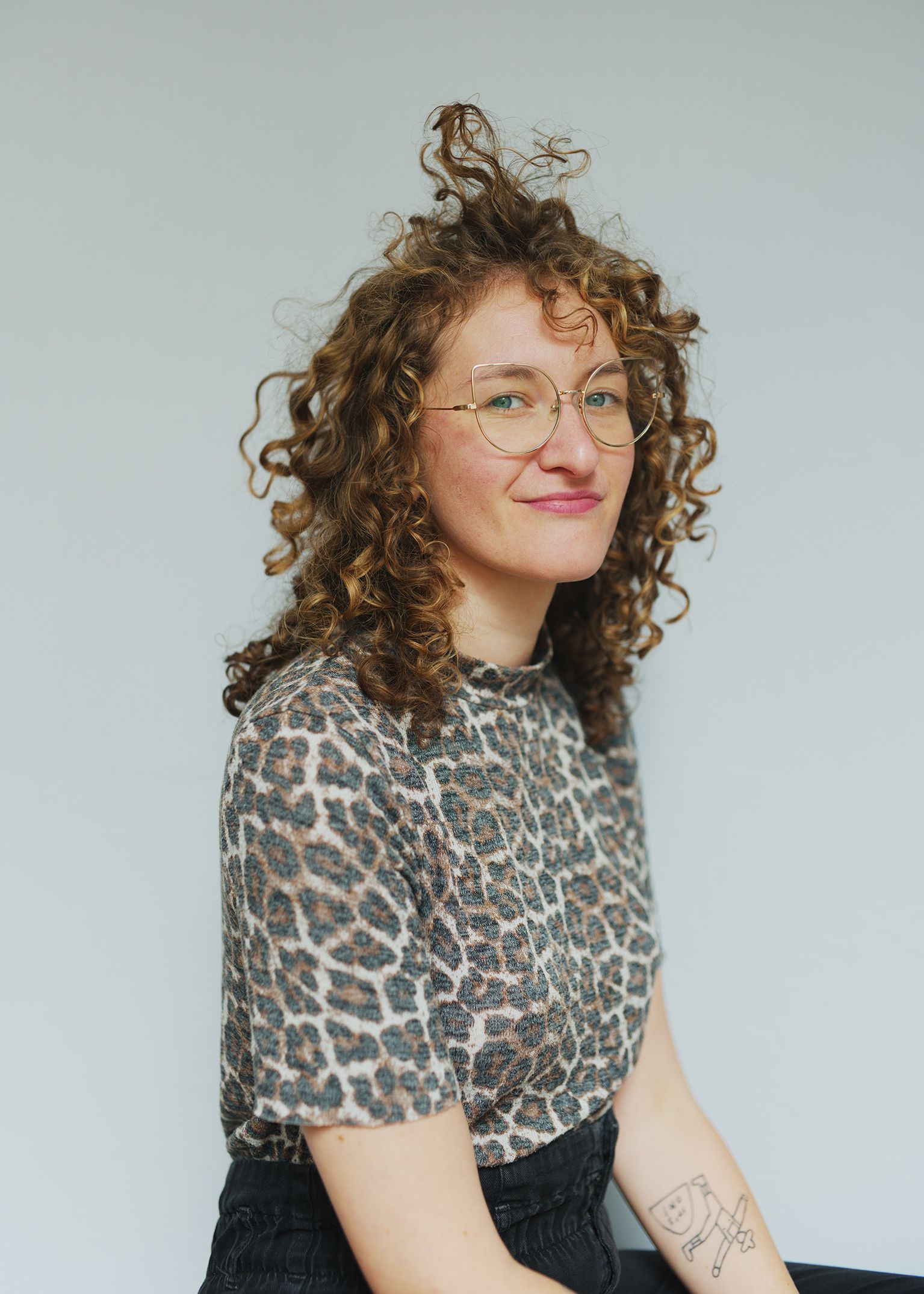
I have the good fortune of having grown up in a Spanish-speaking household. Only one downside: my mother was a secondary school Spanish teacher. Mafalda appeared to me in the form of an image commentary and, at the time, I had a lot of difficulty understanding Argentine politics. I didn’t like the fact that she seemed to be complaining all the time! At the same time, Quino’s collections of press cartoons have had an enormous impact on my graphic work, on the one hand through the poetry of his silent humor, on the other hand through the finesse of his line. I copied them into my notebooks in college. When Glénat asked me to take part in the adventure, I jumped. It was an opportunity to reconcile with her. Here again, only one downside: I still don’t understand anything about foreign policy! I immersed myself in his incisive response, his justified revolt and his maturity by reading the full text.
Mafalda is incredible in his commitment against capitalism, patriarchy and American soft power. She shines even more surrounded by her comrades. For my story, I wanted to honor his turtle Bureaucracy via the theme of the animal cause. To this day, it is the conviction that drives me the most, and who better than the legendary Mafalda to lead this revolution?
Marie Bardiaux-Vaïente: “Like her, I was a loner interested in politics”
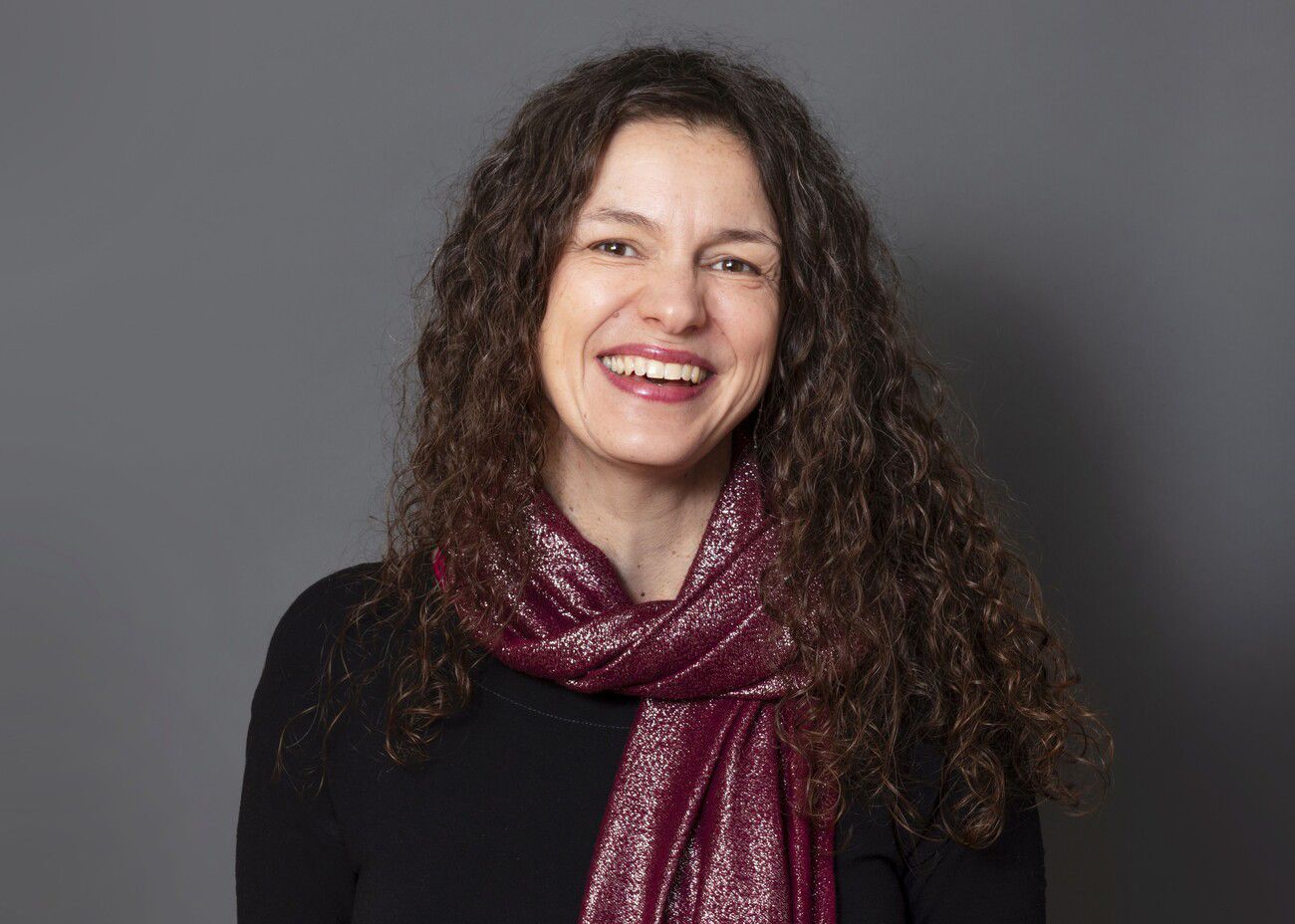
Unlike others who discovered it later, I discovered Mafalda when I was a child. I read it a lot at the library. I didn’t understand everything, but I felt an echo of my own feelings. I said to myself: there is another little girl who has the same concerns as me. There was something resonant between her and me, about her interests in relation to the world of grown-ups. There was a mirror effect, because I was like her, a lonely little girl who was already very interested in the things of grown-ups. Like her, I asked myself a lot of political questions.
Obviously, I didn’t understand everything at 9 years old, but I read and reread it over the decades. Today, I find it universal and timeless. What interests me in this project is the transmission. We all got a hold of Mafalda, three generations of authors. I find it quite wonderful to wonder what it says about us.
Florence Dupré la Tour: “Her rebellion reminded me of my own character”
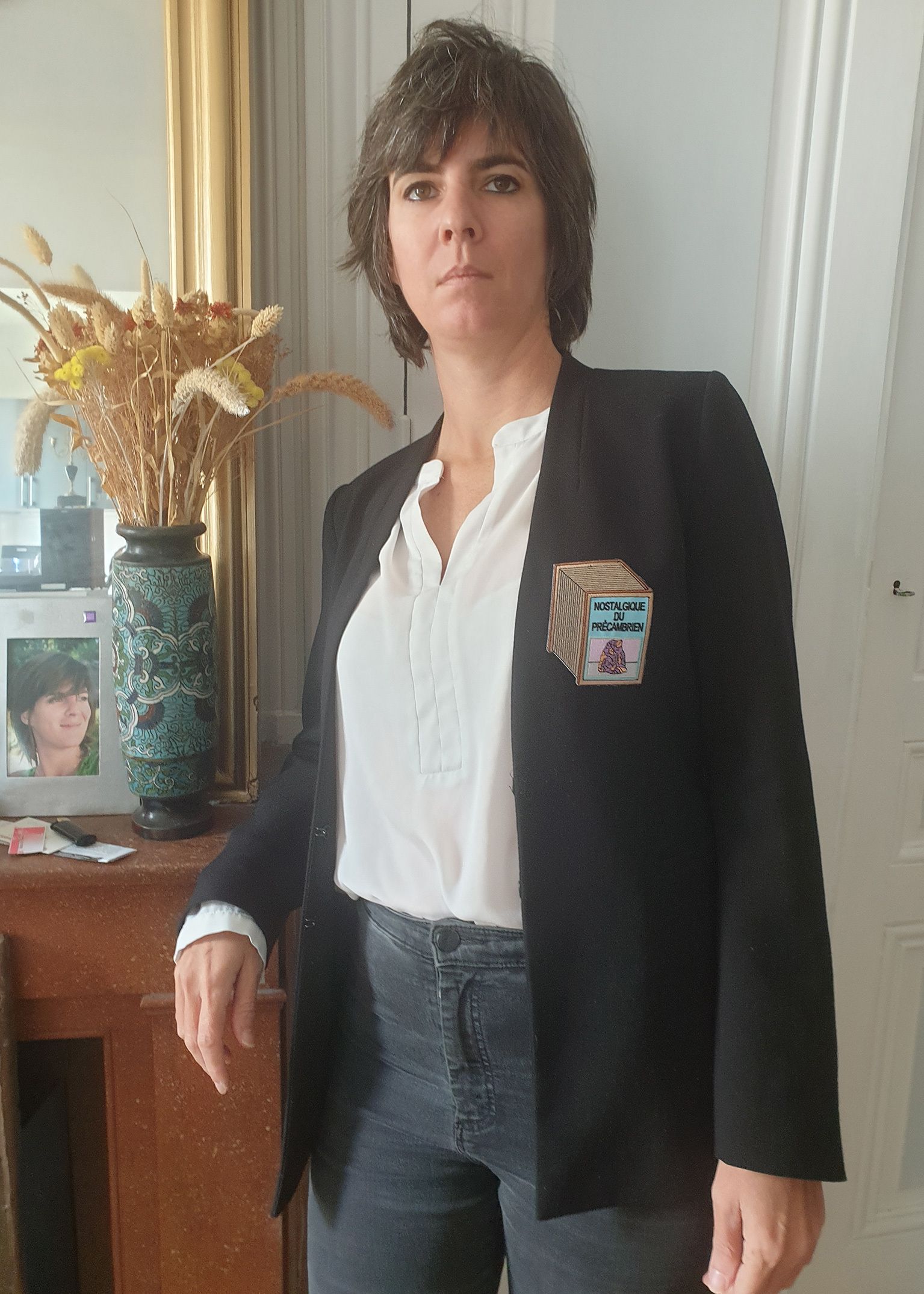
I discovered Mafalda very young, when we lived in Argentina with my parents. My mother had bought small collections in horizontal format. I remember reading them avidly and following the misadventures of the characters, in Spanish, without necessarily understanding everything. But I immediately found myself in the character of Mafalda. His rebellion reminded me of my own character. He is an iconic character, still furiously relevant and who never gets old.

Did you like this content? Subscribe to our newsletter to receive all our new articles!

